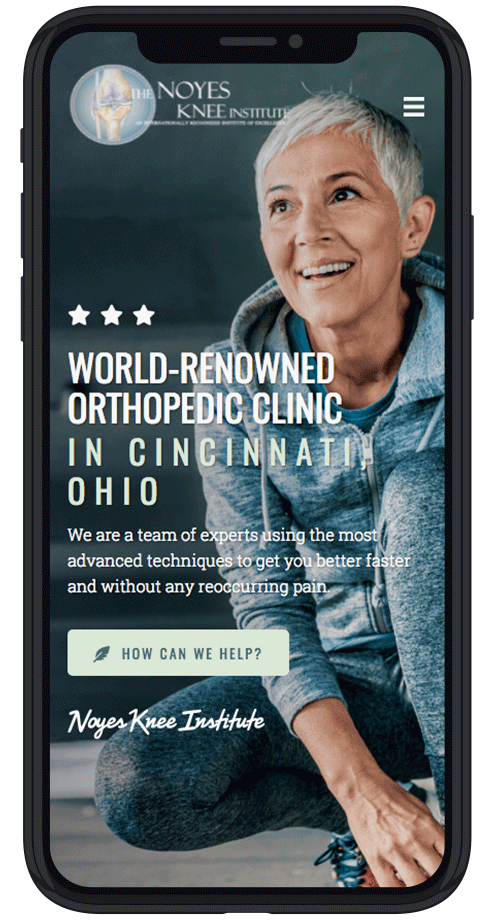Published On
Category
Pain in the knee caps (patella) is caused by several factors, ranging from old age and overuse to injury and infection. A strenuous activity during the day can cause mild discomfort around the knee, which heals with rest and sleep. Knee cap pain can also be persistent and chronic, calling for the services of an experienced orthopedic knee surgeon. Here’s an overview of the five leading causes of knee cap pain:
1. Knee Overuse
The patella is a knee joint bone structure that suffers wear and tear. Your knee supports walking, jogging, running, jumping, kneeling, and squatting. Straining the knee joint through overuse can result in pain and discomfort around the patella. Knee cap pain resulting from overuse may stop if the strenuous activity is ceased or moderated. Other cases trigger a degenerative process with intermittent and worsening pain.
2. Knee Injury
The knee cap protects the rest of the knee joint structures, including ligaments, cartilages, and muscles. A traumatic blow to the front of the knee area is likely to hurt the patella first, resulting in severe pain. A knee injury can result from falling, participation in sports, a car crash, or other situation strenuous situations. Pain from injury may go away with functional medicine and physical therapy, but occasionally requires knee surgery to repair the damage.
3. Chondromalacia Patellae
Knee cap pain can stem from Chondromalacia, a condition in which the cartilage found behind the patella softens. Normal cartilage is tough and flexible to protect the ends of the joint bones from rubbing on each other. When the cartilage becomes soft, the shinbone and thighbone can move too close to each other or even touch. Chondromalacia weakens cushioning and shock absorption capabilities, resulting in pain around the knee joint, including the patella. With rest and treatment, this condition can heal.
4. Patellofemoral Pain Syndrome (PFS)
PFS or runner’s knee is a widespread condition highlighted by pain behind the knee cap area. It develops when the knee joint moves abruptly. PFS also results from knee overuse through running, cycling, climbing, and other strenuous activities. Pain levels vary from mild to severe and are felt around the front of the knee (patella). Runner’s knee is common among athletes and starts as dull recurring pain. This condition is reversible.
5. Muscle Imbalances & Tendonitis
The knee joint relies on the thigh, hip, and knee muscles, which work in tandem to ensure proper movement and support. Injury or imbalance can result in the wrong movements and reflexes, causing pain and inflammation. Conditions like tendonitis inflame the patellar tendons and quadriceps tendons, causing stiffness, tenderness, swelling, and knee pain. Injury, disease, or infection on one of the connected muscles and tendons can cause pain.
Working With a Trusted Orthopedic Knee Surgeon
Knee cap pain can be reversed with rest and sleep, but some conditions are severe and require proper medical attention. Others will need a corrective operation from a licensed orthopedic knee surgeon. At Noyes Knee Institute, we specialize in knee surgery and sports medicine. Our surgeon, Dr. Noyes, is board-certified and an internationally recognized authority. We can help you manage and reverse various knee conditions like painful patella.

